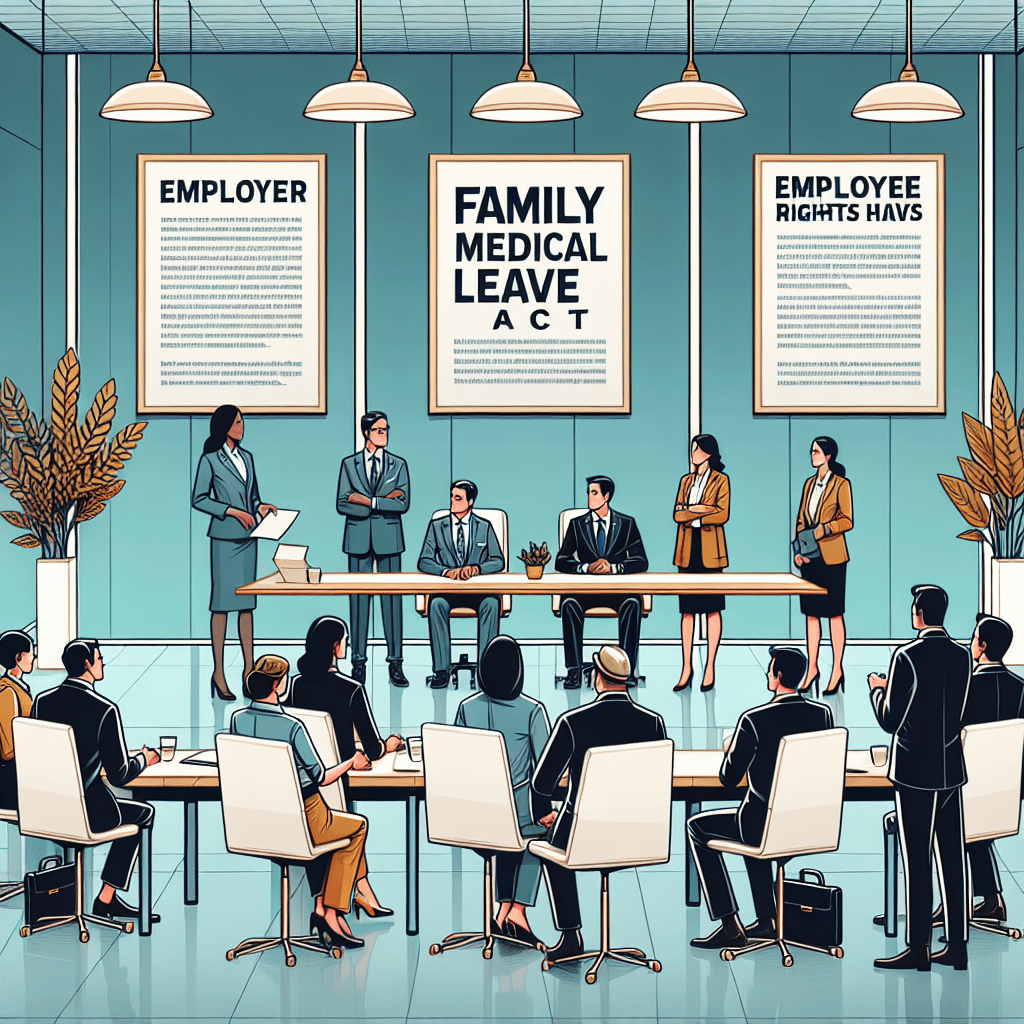Navigating the complexities of work obligations and personal life can be challenging, especially when unexpected events, like a serious health issue or the arrival of a new family member, occur. Thankfully, if you work in the United States, the Family Medical Leave Act (FMLA) is there to support you. Understanding your rights under the FMLA can be empowering and provide peace of mind when you need it most.
So, what exactly does the FMLA do for you? Simply put, it allows eligible employees to take unpaid, job-protected leave for specified family and medical reasons. Let’s break down the essentials of what you need to know.
Eligibility: Am I Covered?
First things first: determining whether you’re eligible for FMLA leave. Here are the basic criteria:
- Employment Duration: You must have worked for your employer for at least 12 months. Note that these 12 months don’t need to be consecutive.
- Hours Worked: During those 12 months, you must have clocked at least 1,250 hours.
- Employer Size: FMLA applies to employers with 50 or more employees within a 75-mile radius. This generally includes most public agencies, schools, and private sector employers.
Reasons for Taking FMLA Leave
If you meet the eligibility criteria, you can take FMLA leave for several reasons, including:
- Personal Health: If you have a serious health condition that makes it impossible for you to perform your job duties.
- Family Health: To care for an immediate family member (spouse, child, or parent) with a serious health condition.
- Childbirth and Adoption: For the birth, adoption, or foster care placement of a child, and to bond with the child.
- Military Family Leave: There are additional provisions for families of military members, including situations where a family member is on or called to active duty.
How Much Leave Can I Take?
Under the FMLA, eligible employees are entitled to take up to 12 weeks of unpaid leave in a 12-month period for most qualifying reasons. For military caregiver leave, the entitlement is 26 weeks in a single 12-month period.
Job Protection and Health Benefits
One of the FMLA’s key features is job protection. This means that you are generally entitled to return to the same position you held before your leave or an equivalent role with the same pay and benefits.
Your health benefits, too, will remain intact during your FMLA leave. You will still pay your share of any health insurance premiums as if you were at work.
Notices and Documentation
Communication is crucial when planning to take FMLA leave. Here are the typical steps you should follow:
- Advance Notice: If the need for leave is foreseeable (e.g., for a scheduled surgery or adoption), you should give your employer at least 30 days’ notice. When 30 days is not possible, notify your employer as soon as possible.
- Medical Certification: Your employer might require information from a healthcare provider to verify the need for leave. Make sure to comply with reasonable requests for medical certification to avoid delays in your leave approval.
Practical Tips
- Keep Records: Maintain documentation of all communications with your employer about your leave. This can include emails, letters, or approved forms.
- Understand Your Employer’s Policies: Some companies offer leave benefits that go beyond the FMLA, such as paid parental leave. It’s worth checking your employee handbook or talking to your HR department to learn more.
- Ask Questions: If you’re unsure about how to apply or what your rights are, don’t hesitate to ask your HR representative or consult the Department of Labor’s website for guidance.
By knowing your rights under the FMLA, you can make informed decisions and prioritize your health and family without unnecessary worry about your job. Remember, this law is here to support employees like you in times of need. So don’t be afraid to use it to ensure you can manage life’s challenges effectively and confidently.








